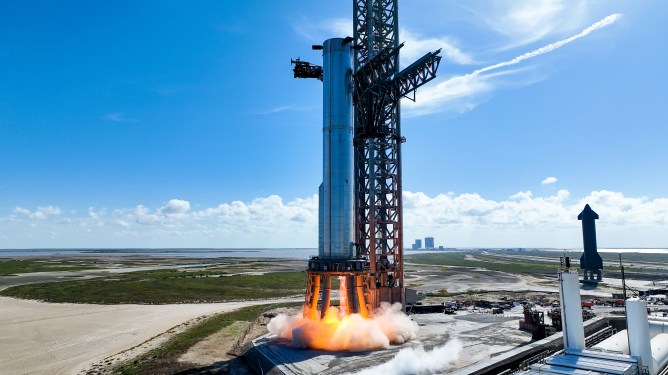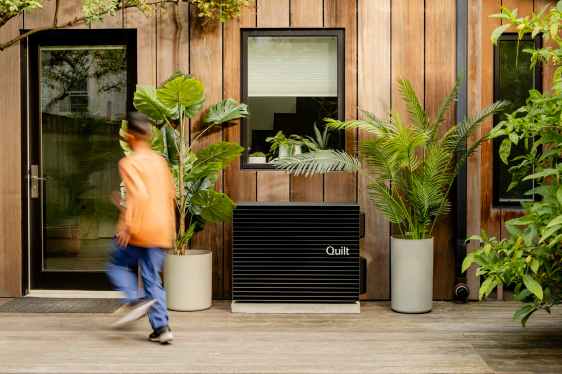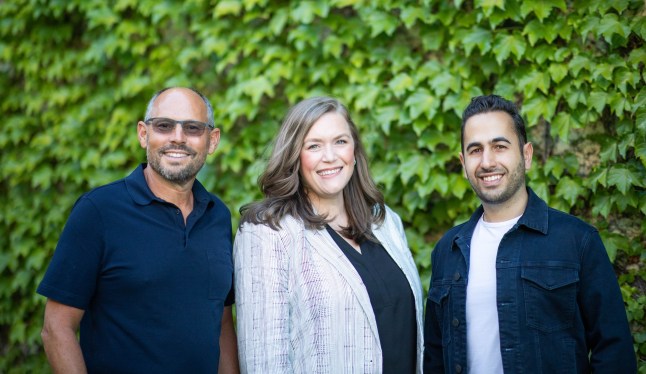SpaceX Edges Closer to Historic Launch with Successful Static Fire Test of Super Heavy Booster
In a significant milestone for the private spaceflight company, SpaceX has successfully completed the static fire test of its Super Heavy booster prototype. The test is a crucial step towards the first orbital flight test of the two-stage Starship launch system.
A Step Closer to Orbit
The successful test was conducted on Tuesday afternoon at the Boca Chica development facility in southeast Texas, where SpaceX has been working on the Starship program. The prototype booster, dubbed "Booster 7," was rolled out to the launch pad last Friday and underwent a static fire test.
During a static fire test, a single Raptor 2 engine is fired, spinning up to ignition but not actually propelling the rocket off the pad. This allows engineers to assess an engine’s performance before the actual launch. The test lasted only a few seconds, with the engine firing at approximately 3:15 PM CDT.
A Glimpse of Progress
The successful test comes just weeks after a previous booster test resulted in an explosion at the launch pad. While the damage was not catastrophic, the incident highlighted the challenges SpaceX faces in developing its Starship program. The fact that this same booster was tested and passed with flying colors is a testament to the company’s dedication and perseverance.
The two-stage Starship system consists of a 164-foot-tall upper stage called Starship and a Super Heavy booster. With a total height of 394 feet, it is designed to be fully reusable, making it a game-changer in the space industry.
A Key Component: The Reusable Rocket
The development of a reusable rocket is a crucial aspect of SpaceX’s mission to make humans multi-planetary and spread "the light of consciousness" throughout the universe. As CEO Elon Musk envisions, Starship will play a pivotal role in this endeavor by providing a reliable and cost-effective means of accessing space.
A Timeline for Success?
Musk has been tight-lipped about the exact timeline for the first orbital flight test of Starship, but recent estimates suggest it could happen between 1 to 12 months from now. The company is working diligently to overcome the remaining challenges and achieve this milestone.
The Road Ahead
The successful static fire test is a significant step towards the first orbital flight test of Starship. With continued progress and innovation, SpaceX is poised to make history in the space industry. As we move forward, stay tuned for updates on this exciting journey and the groundbreaking developments that will shape the future of space exploration.
Topics: Elon Musk, Space, SpaceX, Starship, Super Heavy
About the Author
Aria Alamalhodaei is a reporter covering the space and defense industries at TechCrunch. Her work has been featured in various publications, including MIT’s Undark Magazine, The Verge, and Discover Magazine.
Subscribe to Our Newsletters
Stay up-to-date with the latest news from the space industry by subscribing to our newsletters:
- TechCrunch Daily News: Get the best of TechCrunch’s coverage delivered every weekday and Sunday.
- TechCrunch AI: Explore the latest developments in artificial intelligence and machine learning.
- TechCrunch Space: Stay informed about the latest advances in aerospace and space exploration.
- Startups Weekly: Get insights into the startup ecosystem with our weekly newsletter.
Related Articles
- FAA had to divert flights because of SpaceX Starship explosion
- SpaceX catches Starship booster a second time, loses ship to an ‘anomaly’ in space
- Blue Origin successfully launches New Glenn rocket into space
Share Your Thoughts
What do you think about SpaceX’s progress towards the first orbital flight test of Starship? Share your thoughts and opinions with us on social media using the hashtag #Starship.




